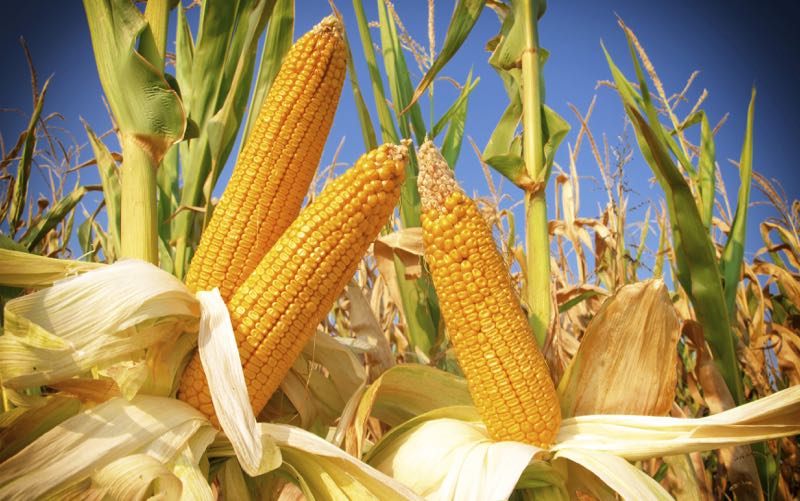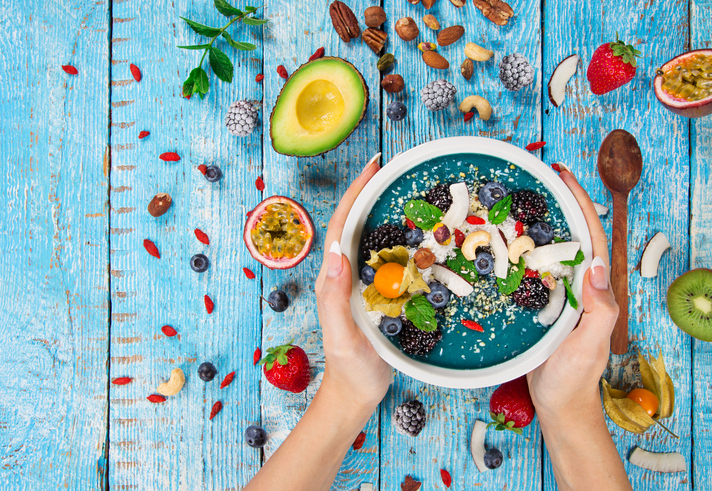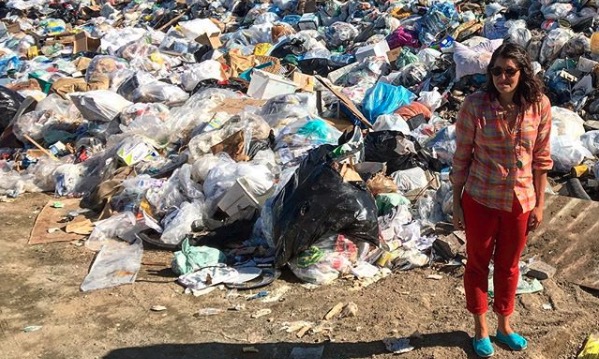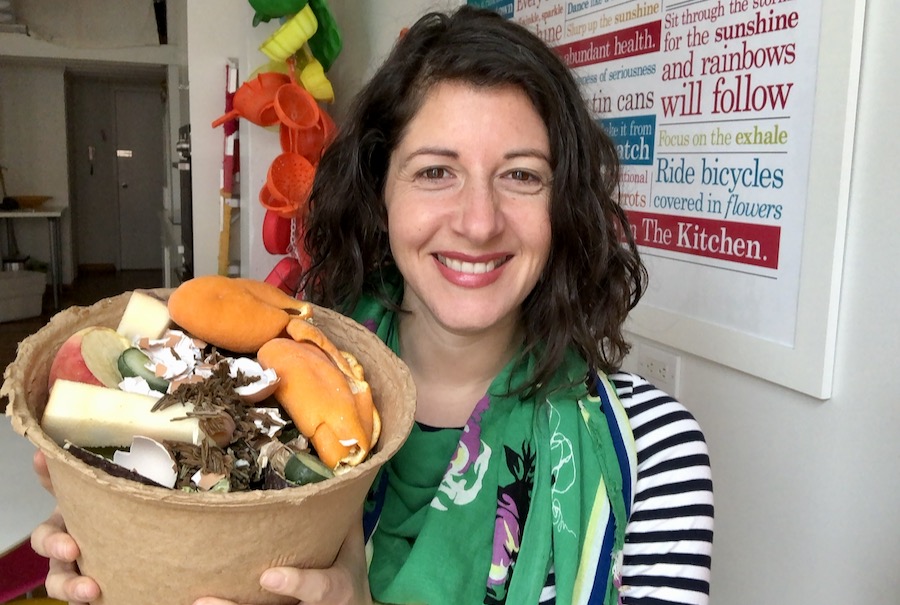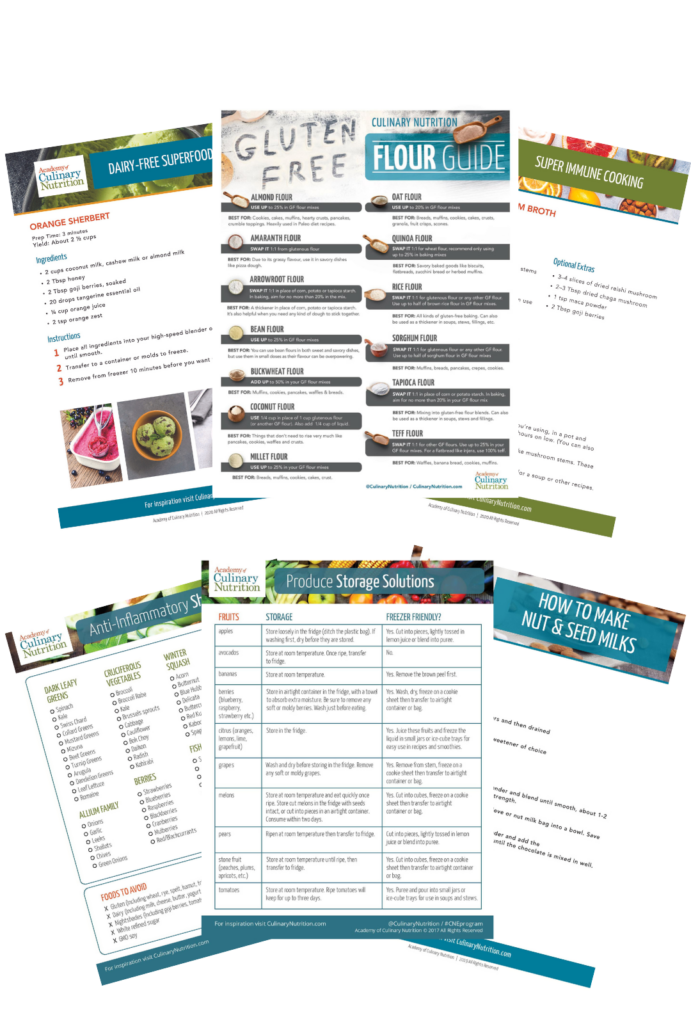Celebrate Earth Day 365 Days A Year With These Tips

Earth Day has always been important as it raises awareness about how our actions can be modified to positively impact the earth. A day, of course, is not enough. Our efforts and insights on how our actions affect the planet need to be part of our daily life. We are seeing this now, with the most clearly focused lens. As a global population, we are experiencing how our habits, choices, and policies are interconnected. We are at a critical juncture in the wellbeing and continued existence of our planet. How can we move forward, do more, be better and initiate a global shift? Let’s celebrate Earth Day and then keep it going!
What happens during the other 364 days? We have to make them all count. I appreciate that many of us spend more than one day trying to help the environment. As a collective, there are so many little big things we can do – small efforts with big, cumulative impact.
My books focus on eating and living. The planet is a part of that. There is a chapter called “There Is No Away”, where I talk about the waste we make without considering it as a factor in our day-to-day living – and assuming that when we throw it “away” it magically disappears. I also recently wrote about the garbage we are all making and the myth of recycling.
We Create a Lot of Waste
Here in North America, we generate the highest amount of waste in the world: about 2.2 kg per person per day, which is almost double the second-highest region (Europe and South Asia), averaging 1.18 kg per person daily. We waste food, plastics, paper, technology, children’s toys, personal care products, furniture, home cleaning products and more. So much of what we buy doesn’t get reused or recycled: it simply ends up as waste. We’ve tried to ship our garbage to foreign countries, who have pushed back and refused to accept them in the last few years.
You can learn more about the garbage we create here.
A Few Staggering Statistics
In my first book, UnDiet, I share the following staggering stats:
A lot of the garbage we’re making comes in three very avoidable forms: paper, plastic, and food. The United States wastes the most food, which has an environmental impact globally. According to a report by the U.S. Environmental Protection Agency, the United States generates more than 34 million tons of food waste each year. Holy shmizer! In Canada, it is estimated that 27 billion dollars worth of food ends up in landfills each year. According to World Vision Canada, the residents in the city of Toronto alone toss out 16.5 million pounds (7.5 million kilograms) of food every month.
Food waste is more than 14 percent of the total municipal solid waste. Even more shameful is that less than 3 percent of the 34 million tons of food waste created in 2009 was recovered and recycled. That means that 33 million tons were trucked off to the place we call “away.” Food waste now represents the single largest component of municipal landfills and incinerators in the United States. Following close behind, for your interest, are yard scraps (which could be reduced if we all just planted edible gardens) and plastic. In the average American home, each week 12 percent of meat, 16 percent of grains and nearly one quarter of fruits and vegetables are tossed out. The cost of that averages out to be over 43 billion dollars worth of food waste annually. As if that weren’t bad enough, 18 percent of vegetables that are grown, don’t even make it to the stores before they perish.
What About Corporations?
In this post, the goal is to share all the individual ways we can celebrate Earth Day all year round and take meaningful actions to support environmental sustainability. However, it’s also important to emphasize the impact of large corporations as massive polluters and their contribution to greenhouse gas emissions.
- According to this 2017 report, 100 companies are responsible for 70% of greenhouse gas emissions worldwide.
- American households generate 8.1 metric tons of carbon dioxide each year, when total global production is 33 billion tons.
- In the United States, only 15 food and beverages companies produce a whopping 630 million metric tons of greenhouse gases.
These statistics only scratch the surface of companies as agents of climate change and the importance of corporate responsibility. We all need to work together – and keep those large companies accountable for their actions.
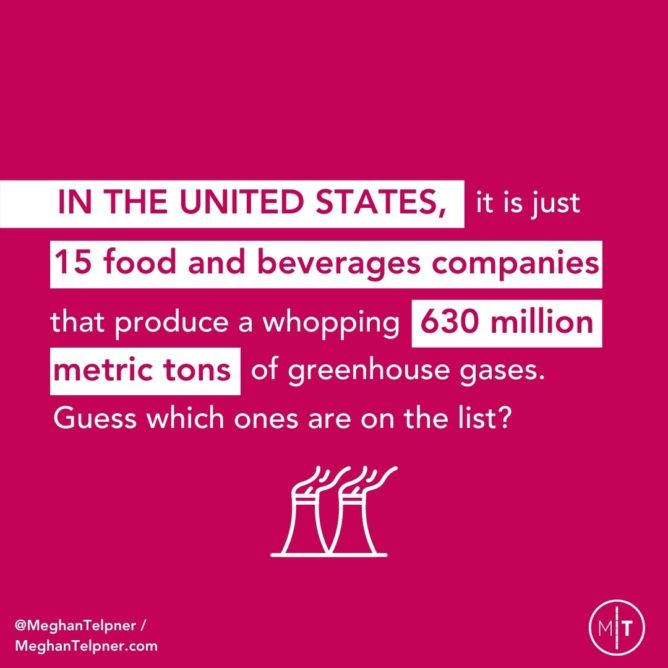
how to celebrate earth day every day

There are many ways you can reduce your impact, improve your health, and do a little something for the earth 365 days a year!
Reduce or Eliminate Packaged Foods
A lot of our waste comes from food packaging, especially plastic and paper – and that packaging can’t always be recycled. As well, many of those packaged foods aren’t as healthful as we think. Aim for a low-waste eating style, where you make the most of fresh ingredients. Staples like nut or seed milk, granola, cereal, sourdough bread, bone broth and more can be easily made at home.
Learn more about cooking package-free in my self-paced online course, Everyday Culinary Nutrition.
Cook Food From Scratch
I recommend purchasing fresh, local and organic foods as much as you can. You’ll limit the amount of travel a food needs to get from your farm to plate, lower your chemical exposure, and you’ll find your food tastes better too. Read about the top 10 questions to ask your farmer at the market, and learn about what to look for in natural meat and sustainable fish.
Buy in Bulk Where Possible
Sometimes buying ingredients in packages is hard to avoid, especially if there isn’t a store near you where you can bring your own containers. For those items – like nuts, seeds, flours, beans, legumes, dairy-free chocolate chips, nut butters, gluten-free grains, etc. – try to buy the largest size package. You’ll end up with less packaging waste and more financial savings.
Prevent Food Waste
As I mentioned in the UnDiet excerpt above, we waste a lot of food. Food waste is an enormous problem that costs us money, drives up food prices and depletes environmental resources like water and land. These tips will help you cut down on your food waste – plus, learn how to store food properly so it lasts.
Store Food Without Plastic
When we begin cooking from scratch, it’s common to buy plastic containers, plastic wrap, and plastic bags to store the goods. Learn how to ditch those kitchen disposables here. You don’t need to store your food in plastic – these are my five favourite alternatives.
Compost
Many municipalities throughout North America now have city compost pickups, which is great! If that’s not an option where you live, start composting in your backyard. If you don’t have an outdoor space you can have a worm compost on your balcony.
Try Growing Your Own Food
Whether you have a windowsill, a patio, a balcony, a yard or access to a community garden – there are plenty of ways to grow your own food. I’ve learned a lot about food, the earth, the environment and my place in the ecosystem by growing my own garden. Not only can you grow delicious, health-building food, but you can also plant to support the soil, clean the air, and attract and support bees and other pollinators.
Travel Wisely
The pollution that stems from air travel, car travel and cruise ships is significant. I invite you to consider the environmental impact of your travel plans and how you could possibly make them greener. This not only includes the method of travel but also how you pack for traveling and where you stay.
Instead of buying individual-sized shampoo, toothpaste, hair gel, etc., purchase a travel kit where you can regularly refill your toiletries (or check your bag and bring full-size items). Pack your own food and snacks for the plane. Look at staying at sustainable hotels or resorts.
Walk, Bike or Take Transit
The highways where I live are so congested it can take a long time to get from place to place. Cars simply sit bumper to bumper. There are times when a car is the best or only option, but many use cars as their first resort. Try to walk or bike, which offers you fresh air and exercise, or take transit. If you’re using a car, see if you can carpool.
Spend Time in Nature
There are a multitude of health benefits to spending time in nature. The more you surround yourself with nature, you will be more inspired to protect it.
Buy/Sell Second Hand
The clothing industry creates a lot of pollution. There are the chemicals used to make items, fast fashion pieces that we wear for one season, and the microplastics that end up in the oceans after washing our clothes. Get my ultimate guide to vintage shopping and learn all of the tips and tricks to finding great second-hand buys.
Get Your Complete Guide to Growing Food Indoors by signing up below!
Free Resource Library
Enjoy more than 40 downloadable guides, recipes, and resources.
Skip the Latest Tech Release
Do you need a new computer and phone every year or whenever there is a new version of what you have? Make do with your current technology until it no longer functions the way you need, rather than buying something because it’s new.
Limit Online Shopping
Online shopping is convenient, but it always comes in a package – and sometimes from faraway places. If you need to purchase online, wait to buy a number of things at once rather than purchasing piecemeal, and see if you can get all of your items packed together in one package. Also, if you are buying from a shop close to you, see if you can order online to save time, but pick up the items in person. You can also start requesting sustainable packaging from companies.
Value Quality over Quantity and Make Do With Less
The immense amount of waste we produce often stems from our compulsive need to buy and consume. For the last while, I’ve been practicing what I call intentional simplicity. This means being mindful of how and where I spend my money, how I spend my time, and who I spend it with. It’s not at all about deprivation but about selection. Discover the minimalist commitments I’ve made that have had an enormous impact on my life.
How do you make Earth Day every day in your home?
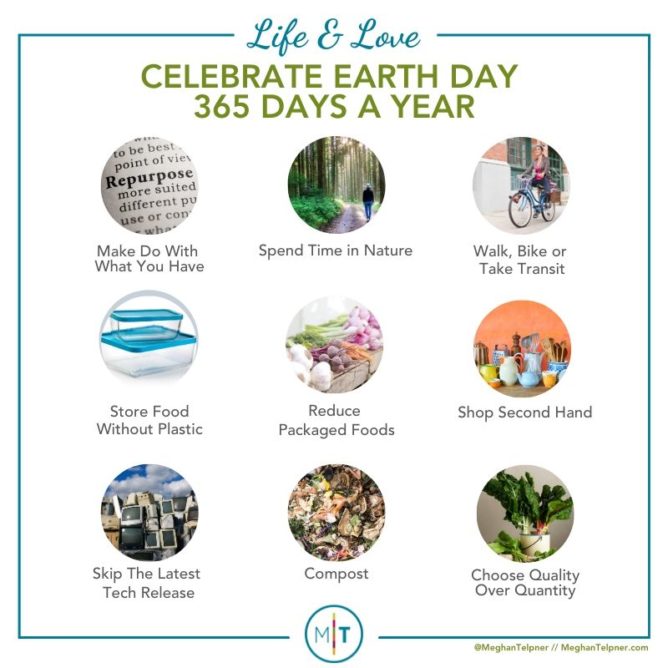
Free Resource Library
Enjoy more than 40 downloadable guides, recipes, and resources.
















